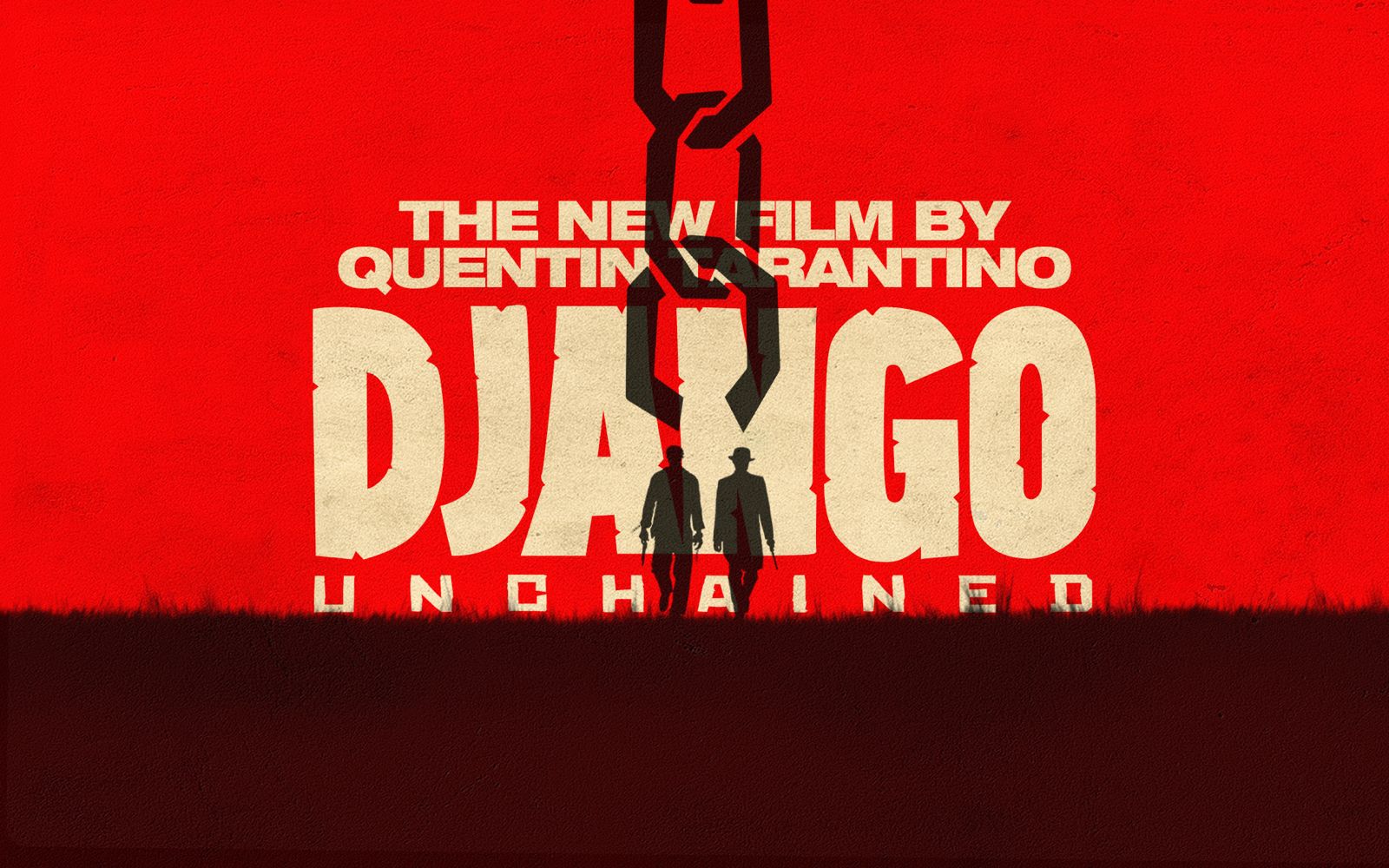Probably the best thing you can say about Django Unchained is that it’s almost impossible to say anything about it at all. It’s an utterly incoherent work of art, aesthetically, conceptually, emotionally.
What’s odd about it is that it has a kind of cellular structure — it’s component parts work on their own terms while you’re experiencing them. One cell sparks interesting intellectual thoughts about the place of slavery in American history. Another cell arouses the sort of emotions we associate with intense and unapologetic melodrama. Yet another cell connects us with the exhilaration of a brilliant goof on generic clichés.
The only thing I can think of to compare it with is a Joseph Cornell box, whose juxtaposition of discrete, disjointed sections somehow adds up to an aesthetic whole.
Is it important? Is it profound? Is it ultimately satisfying or meaningful? I really don’t know. All I can say is that it’s fascinating, that it’s of its time, that it took a lot of courage and eccentric genius to create. Compared to the sort of rote junk Hollywood is programmed to turn out these days, it’s a miraculous anomaly.


